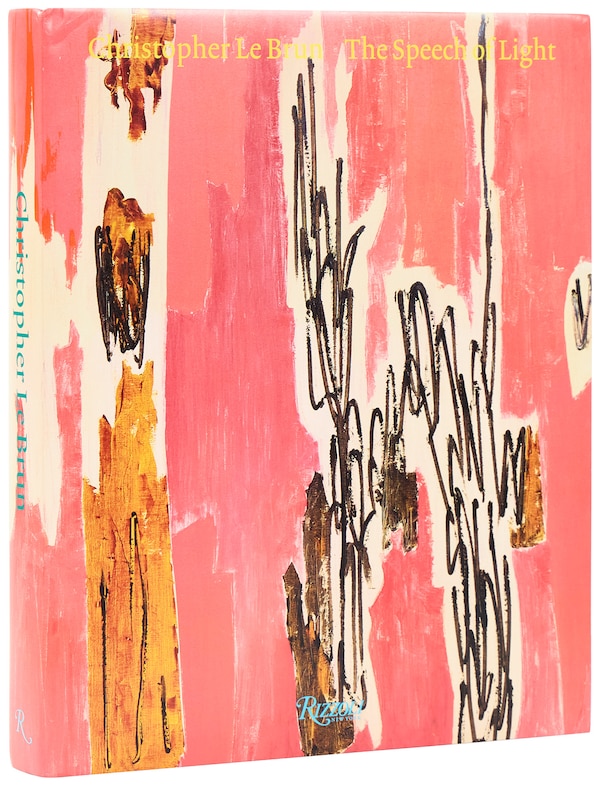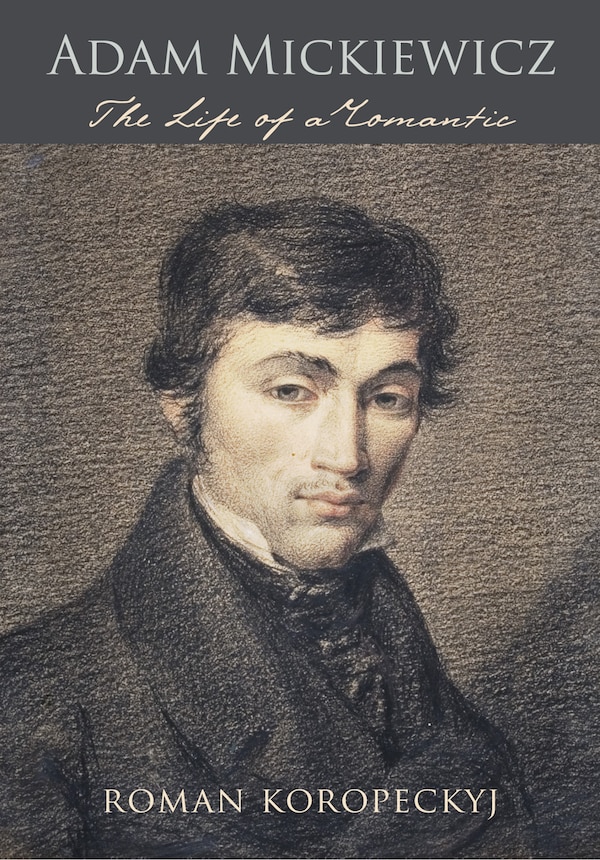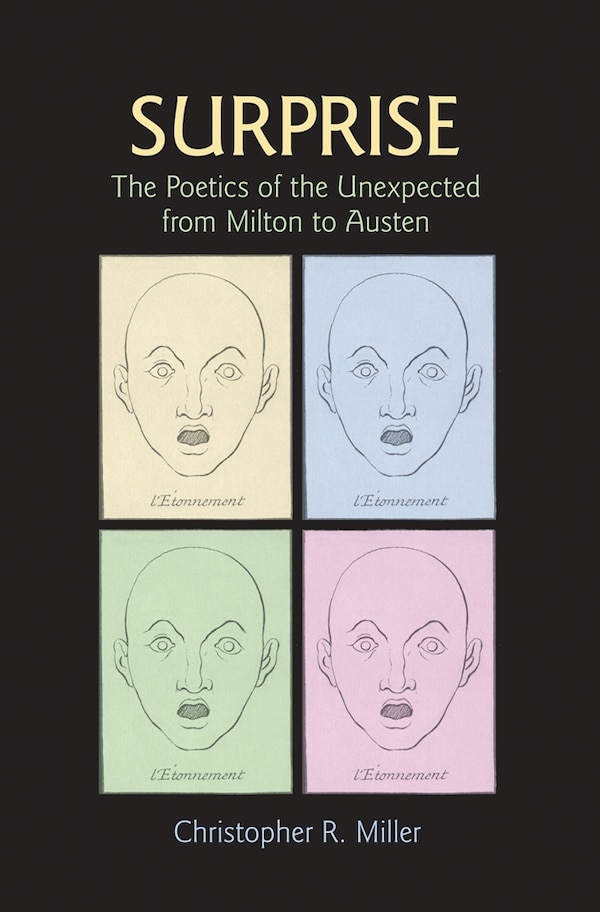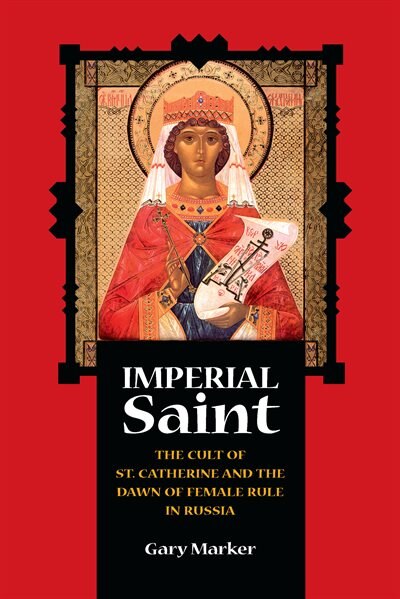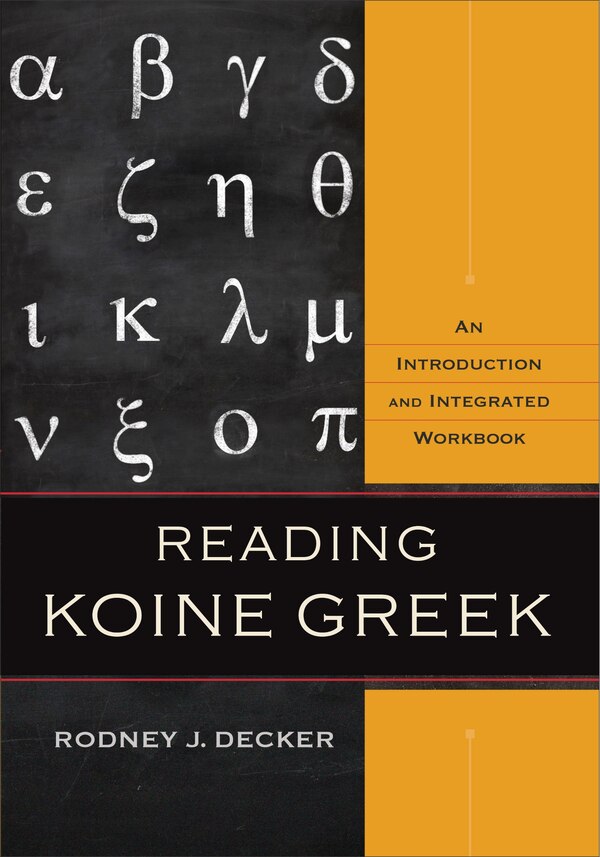
Gifting Made Simple
Give the Gift of ChoiceClick below to purchase a Bramalea City Centre eGift Card that can be used at participating retailers at Bramalea City Centre.Purchase HereHome
The Transformation of Greek Amulets in Roman Imperial Times by Christopher A. Faraone, Paper over Board | Indigo Chapters
Coles
Loading Inventory...
The Transformation of Greek Amulets in Roman Imperial Times by Christopher A. Faraone, Paper over Board | Indigo Chapters in Brampton, ON
From Christopher A. Faraone
Current price: $142.99
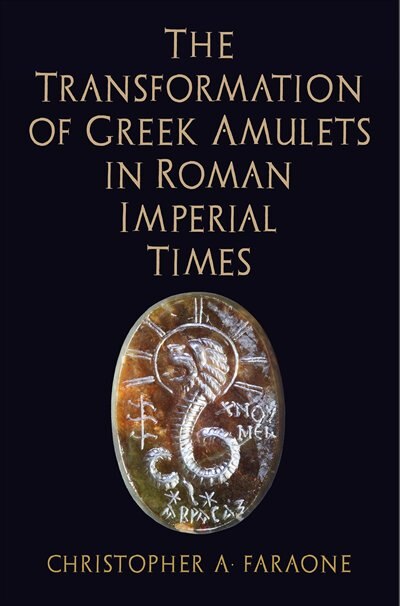
Coles
The Transformation of Greek Amulets in Roman Imperial Times by Christopher A. Faraone, Paper over Board | Indigo Chapters in Brampton, ON
From Christopher A. Faraone
Current price: $142.99
Loading Inventory...
Size: 1 x 10 x 1
*Product information may vary - to confirm product availability, pricing, and additional information please contact Coles
The era of the Roman Empire was distinguished by an explosion of images and texts in a variety of media—metal, papyrus, mosaic, gemstone—all designed to protect, heal, or grant some abstract benefit to the persons who wore them on their bodies or placed them in their homes. In the past scholars have explained this proliferation of readily identifiable amulets by a sudden need for magic or by a precipitous rise in superstition or anxiety in this period, connected, perhaps, with the internal breakdown of Greek rationalism or the migration of superstitious peoples from the East. Christopher A. Faraone argues, instead, that these amulets were not invented in this period as a result of an alteration in the Roman worldview or a tidal wave of oriental influence, but rather that they only become visible to us in the archaeological record as a result of a number of technical innovations and transformations: the increased epigraphic habit of the Imperial period, the miniaturization of traditional domestic amulets, like the triple-faced Hecate, on durable gems, or the utilization of newly crafted Egyptianizing iconography. In short, it is only when explicitly protective or curative texts, or strange new images, are added to traditional Greek amulets, that modern observers realize that these objects were thought to have the power to protect or heal all along. The real question addressed by the book, then, is not why we can identify so many amulets in the Roman Imperial period but, rather, why we have failed to identify them in artifacts of the preceding centuries. Featuring more than 120 illustrations, The Transformation of Greek Amulets in Roman Imperial Timesis not only a tremendous resource for those working in the fields of ancient magic and religion but also an essential reference for those interested in the religion, culture, and history of the ancient Mediterranean. | The Transformation of Greek Amulets in Roman Imperial Times by Christopher A. Faraone, Paper over Board | Indigo Chapters
The era of the Roman Empire was distinguished by an explosion of images and texts in a variety of media—metal, papyrus, mosaic, gemstone—all designed to protect, heal, or grant some abstract benefit to the persons who wore them on their bodies or placed them in their homes. In the past scholars have explained this proliferation of readily identifiable amulets by a sudden need for magic or by a precipitous rise in superstition or anxiety in this period, connected, perhaps, with the internal breakdown of Greek rationalism or the migration of superstitious peoples from the East. Christopher A. Faraone argues, instead, that these amulets were not invented in this period as a result of an alteration in the Roman worldview or a tidal wave of oriental influence, but rather that they only become visible to us in the archaeological record as a result of a number of technical innovations and transformations: the increased epigraphic habit of the Imperial period, the miniaturization of traditional domestic amulets, like the triple-faced Hecate, on durable gems, or the utilization of newly crafted Egyptianizing iconography. In short, it is only when explicitly protective or curative texts, or strange new images, are added to traditional Greek amulets, that modern observers realize that these objects were thought to have the power to protect or heal all along. The real question addressed by the book, then, is not why we can identify so many amulets in the Roman Imperial period but, rather, why we have failed to identify them in artifacts of the preceding centuries. Featuring more than 120 illustrations, The Transformation of Greek Amulets in Roman Imperial Timesis not only a tremendous resource for those working in the fields of ancient magic and religion but also an essential reference for those interested in the religion, culture, and history of the ancient Mediterranean. | The Transformation of Greek Amulets in Roman Imperial Times by Christopher A. Faraone, Paper over Board | Indigo Chapters




